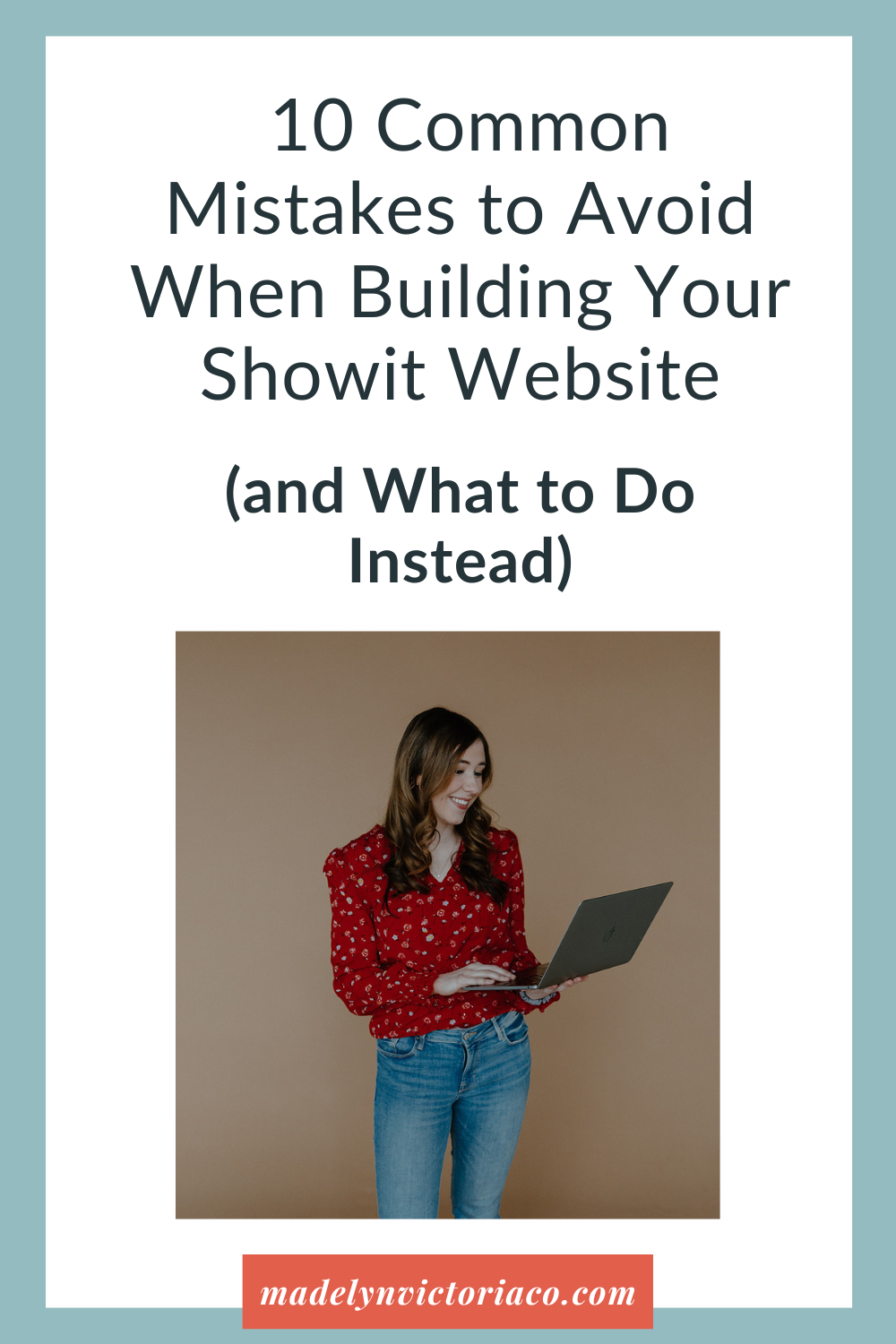Social media can help personal injury law firms stay visible, build trust, and connect with people long before they need an attorney. With the right strategy, you can turn educational content, community presence, and consistent posting into a steady stream of high-quality leads, without feeling salesy or overwhelming your team.
Let’s jump in!

Why Personal Injury Lawyers Need a Social Media Strategy
Personal injury law is competitive, but social media gives you a way to stand out by showing who you are, how you help, and why clients can trust you. Most people don’t plan to hire a PI lawyer; they need one suddenly. Staying visible online makes your firm the one they remember.
A strong social strategy helps you:
- Build trust before someone ever schedules a consultation
- Answer common questions quickly and clearly
- Strengthen your online presence and local reputation
- Create relationships that lead to referrals
- Support your SEO through consistent brand searches
Top Social Media Strategies for Personal Injury Lawyers
1. Share Educational, Easy-to-Understand Information
Your audience is often stressed, unsure of what to do after an accident, and overwhelmed by legal language. Keep your content simple and genuinely helpful.
High-Performing Topics Include:
- What to do after a car accident
- How to know whether you have a case
- What a contingency fee really means
- How long PI cases typically take
- When to call a lawyer vs. handling things alone
Why This Works
Clear, jargon-free education builds confidence. People trust the firm that helps them understand their situation, not the one that speaks over their heads.
2. Humanize Your Firm Through Ethical Storytelling
Nothing builds trust like real stories. With the right permissions and proper sensitivity, you can highlight your team’s compassion and your clients’ success.
Story Ideas:
- A brief look at how your firm helped a client get justice
- A behind-the-scenes moment with one of your attorneys
- Staff spotlights that show the people behind the practice
- Community involvement or volunteer efforts
- Case studies (anonymized when appropriate)
Why This Works
People hire people. Showing the real faces and voices behind your firm helps potential clients feel comfortable reaching out.
3. Tailor Your Approach to Each Platform
Every platform plays a different role in your marketing strategy.
Great for visual storytelling, reels, and bite-sized tips.
Best for: checklists, myths vs. facts, attorney videos.
Great for community connection and longer-form posts.
Best for: local updates, testimonials, event photos.
Best for professional insights and referral relationships.
Best for: thought leadership, case results, industry commentary.
TikTok (optional but powerful)
Great for growing your reach quickly.
Best for: simple explanations, trending legal questions, short talking-head videos.
4. Focus on Local Content
Since personal injury is largely a local service, highlighting your region helps you get found by people who need help where you practice.
Local Content Ideas:
- Accident hotspots in your city
- Insurance requirements in your state
- State-specific statutes of limitations
- Local events and safety tips
- “How PI cases work in [YOUR COUNTY]”
Why This Works
Local visibility means more qualified leads. You’re showing you understand the community you serve.
5. Use Clear, Client-Focused Calls to Action
Your CTA should guide people confidently toward the next step, not pressure them.
Try:
- “Schedule a free case evaluation”
- “Have questions? Send us a message”
- “Download our free accident checklist”
These CTAs feel clear, supportive, and client-first.
Bonus: Content Ideas That reliably Perform Well
- “5 mistakes to avoid after a car accident”
- “How much is my personal injury case worth?”
- “What insurance companies don’t want you to know”
- “Do I need a PI lawyer or can I handle this alone?”
- “Why delays happen in injury claims”
These topics build trust and answer real concerns potential clients are Googling.
A Few Frequently Asked Questions Law Offices Ask Me About Social Media
By sharing clear, helpful content, engaging with your community, telling real client stories, and posting consistently so people know they can count on you.
By sharing clear, helpful content, engaging with your community, telling real client stories, and posting consistently so people know they can count on you.
Checklists, FAQs, case timelines, helpful tips about accidents or injuries, and stories that highlight the impact of your work.
Aim for 2–3 posts weekly on major platforms. Consistency matters more than volume.
Instagram for visibility, Facebook for community reach, LinkedIn for referrals, and TikTok for rapid exposure.
Yes, but only after your organic content is strong. Ads amplify a good strategy; they can’t fix a weak one.
Want Help Managing Your Social Media?
I help law firms show up with strategy and confidence, so you can focus on cases while I handle the content.
Click here to schedule a discovery call.






+ show Comments
- Hide Comments
add a comment